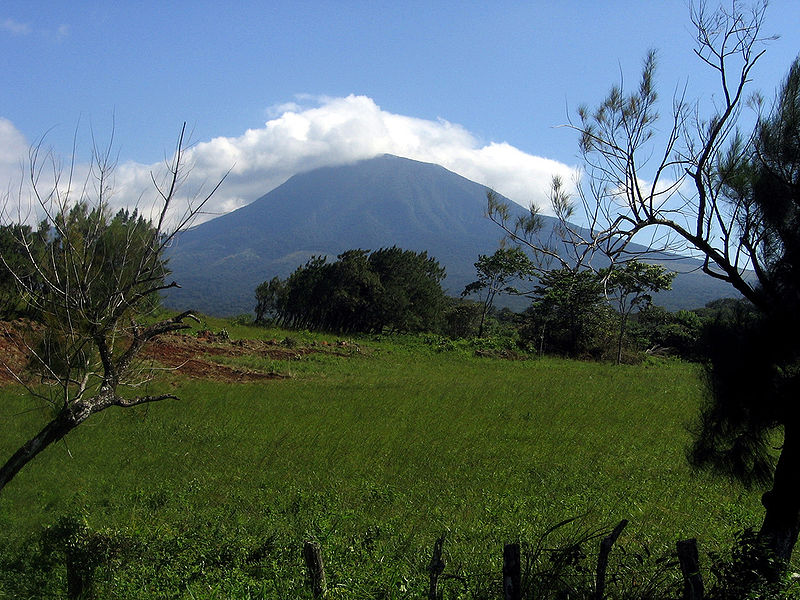Renewable Future
Race to Carbon Neutrality
The United Nations predicts that by spring 2024 the world’s population will reach 8 billion. Meeting the energy needs of the world’s ever-growing population is a hot-button issue, especially in the context of finite carbon-based energy sources and the looming danger of irreversible climate change. While going carbon-neutral can seem like an unachievable goal in […]
